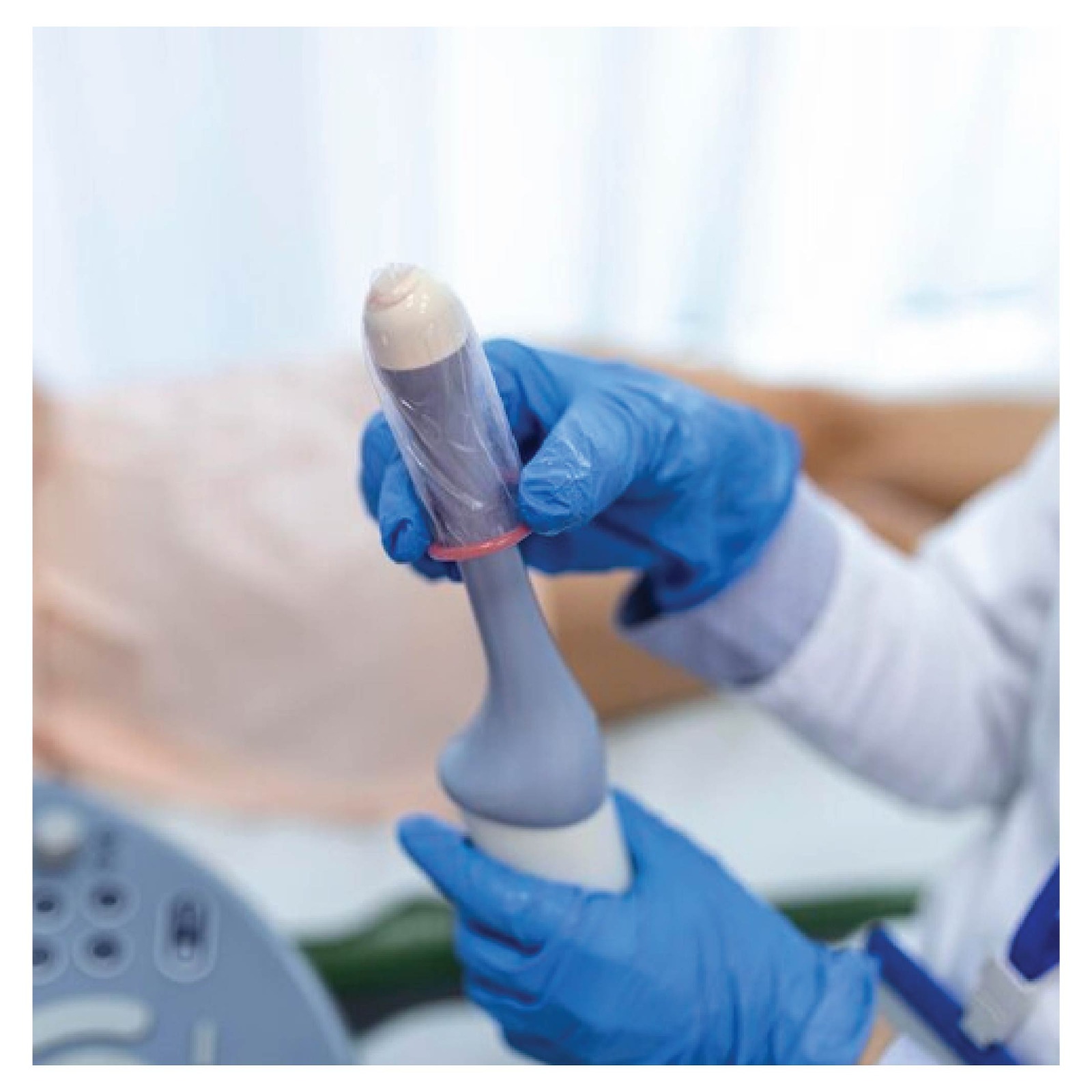A transvaginal ultrasound (TVS) is a crucial imaging procedure that employs high-frequency sound waves to produce detailed images of the pelvic organs. This minimally invasive technique allows healthcare providers to assess various conditions that could affect women’s reproductive health. One of the primary uses of TVS is to evaluate abnormal growths, including ovarian cysts and uterine fibroids, as well as potential cancers. By obtaining high-resolution images, clinicians can identify the size, shape, and nature of these growths, aiding in diagnosis and determining appropriate treatment options.
In addition to diagnosing growth abnormalities, TVS is frequently employed in the management of pregnancy. It can provide early insights into the health and viability of the pregnancy, confirming the presence of a fetal heartbeat and determining gestational age. Furthermore, transvaginal ultrasound is an effective tool for investigating other pelvic health concerns, such as chronic pelvic pain, abnormal vaginal bleeding, and conditions that may contribute to infertility. In situations where ectopic pregnancy or pelvic infections are suspected, a TVS can quickly yield critical information, facilitating prompt intervention and management. Overall, this procedure is an invaluable resource in women’s healthcare, enabling early detection and timely treatment of various gynecological conditions.

